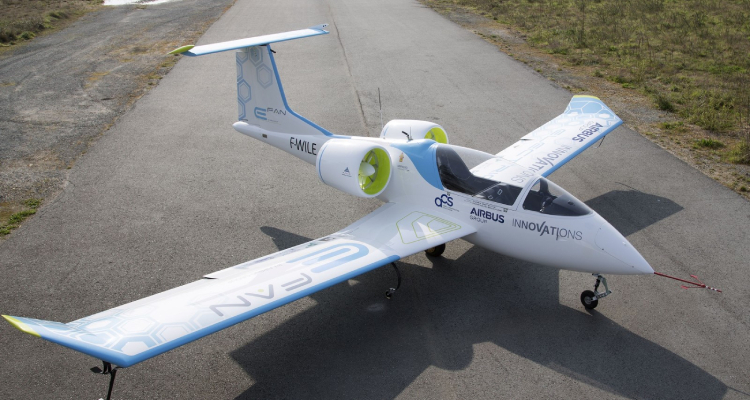
The aviation industry has been abuzz with the possibilities offered by electric propulsion. As the world seeks sustainable solutions, electric aviation stands out as a potential game-changer, promising cleaner, quieter, and more efficient travel. Let's delve into the exciting world of electric propulsion in aviation.
The Green Revolution in the Skies
Reducing Carbon Footprint
Traditional aviation is a significant contributor to global CO2 emissions. Electric propulsion, in contrast, emits zero operational emissions, marking a major stride towards environmentally-friendly travel.
Quieter Skies
Beyond reducing emissions, electric aircraft promise quieter operations. This not only benefits passengers but also communities near airports, alleviating noise pollution concerns.
The Mechanics of Electric Propulsion
Electric aircraft replace conventional fuel-powered engines with electric motors. These motors are powered by batteries, much like electric cars. Advancements in battery technology, efficiency, and energy density are the driving force behind electric aviation's feasibility.
Current Electric Aviation Milestones
- Short-haul Flights: Electric planes, especially those designed for short-haul flights, are closer to commercial reality. These aircraft can cover shorter distances, perfect for regional routes and decreasing the carbon footprint on heavily-trafficked corridors.
- Urban Air Mobility: Electric Vertical Take-Off and Landing (eVTOL) vehicles are emerging solutions for urban transportation. They're envisioned for city commuting, bypassing congested roads.
- Training Aircraft: Electric planes, due to their simplicity and low operating costs, are becoming popular choices as training aircraft for aspiring pilots.
Challenges Ahead
While electric propulsion offers numerous advantages, there are hurdles to overcome:
- Battery Limitations: Current battery technology limits the range of electric aircraft. However, research into more energy-dense batteries could revolutionise this space.
- Infrastructure: Airports and training facilities need to be equipped with charging stations and other requisite infrastructure for electric aviation.
- Regulations: Aviation authorities worldwide are grappling with formulating safety and operational guidelines for this new breed of aircraft.
The Future Outlook
Major aerospace players and startups alike are investing heavily in electric propulsion:
- Collaborative Projects: Established aircraft manufacturers are collaborating with tech companies to speed up development.
- Investment in Research: There's an increasing emphasis on battery research, aiming to extend flight ranges and reduce charging times.
- Hybrid Solutions: Some manufacturers are considering hybrid aircraft, blending traditional and electric propulsion, as a stepping stone towards fully electric aviation.
Frequently Asked Questions
How do electric planes differ from traditional ones?
Electric planes utilise electric motors powered by batteries, eliminating the need for fuel, and thereby producing zero operational emissions.
What's the current range limit for electric aircraft?
Most electric aircraft currently have a range suitable for short-haul flights, though advancements in battery technology are continuously expanding these limits.
Are electric planes safe?
Safety is a top priority in aviation. Electric aircraft undergo rigorous testing and will need to meet stringent safety regulations before widespread commercial use.
Conclusion
Electric propulsion in aviation isn't merely a vision of the distant future – it's happening now. As technology continues to evolve and the world prioritises green solutions, electric aircraft might soon become the norm rather than the exception. The future of aviation is not just electric; it's electrifying!
